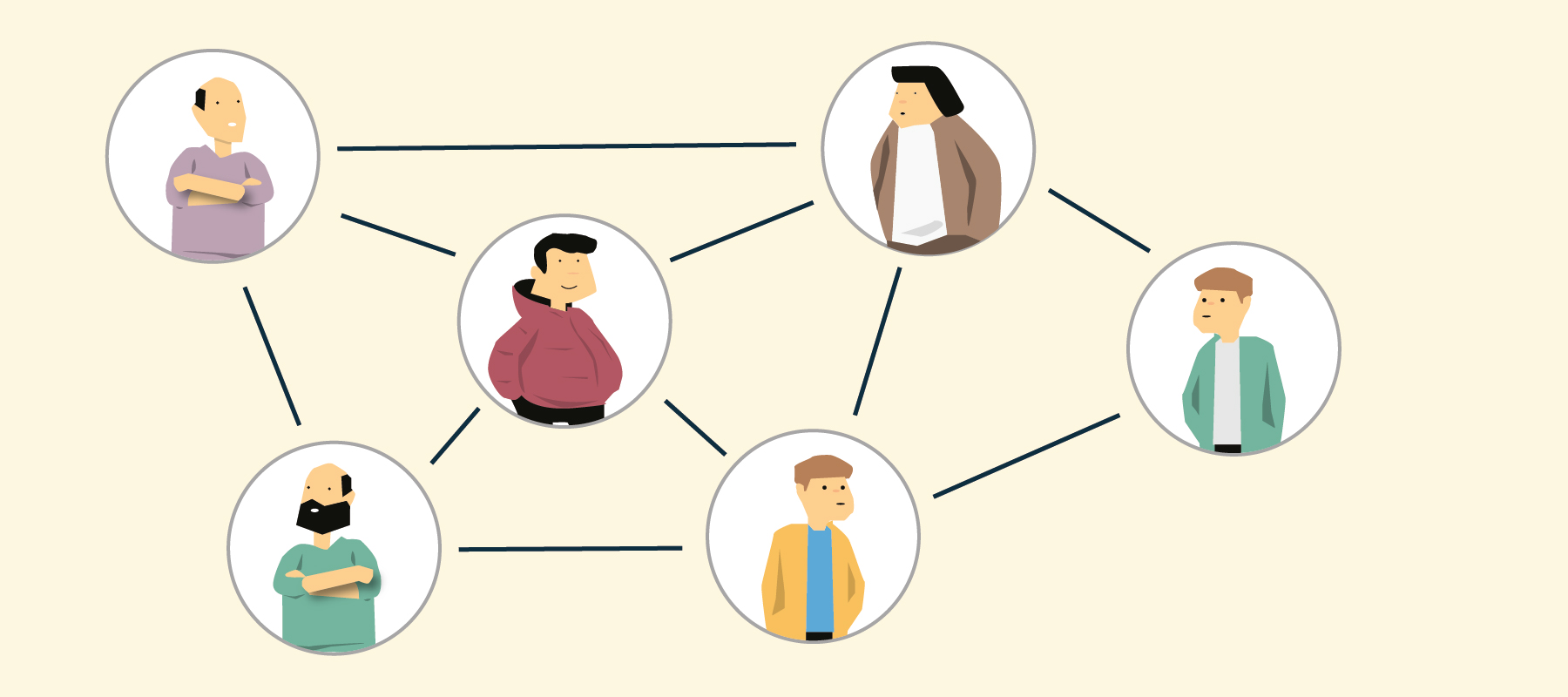When it comes to estimation in Agile, everyone seems to zero in on one thing: the number. Story points get treated like some divine truth that the whole team needs to agree on, but here’s the reality—getting to the “right” number isn’t the goal. What really matters is the conversation that happens along the way. In cross-functional Agile teams, where developers, testers, designers, and others bring wildly different skills to the table, those discussions are worth gold.
Let’s face it: developers and testers often see the same six-hour task in completely different lights. The developer might see it as straightforward—just needs a few additions to the codebase. The tester, on the other hand, could be looking at the ripple effect across various systems, thinking about every edge case, and predicting potential issues that need heavy manual testing. They might estimate it as a 5, while the developer swears it’s no more than a 2. You’ve probably been in that room before.
Here’s where story points come in, and more importantly, where they really start to shine—not as a way to nail down a number but as a tool for fostering dialogue. These differing estimates should raise red flags not as a failure to align, but as an opportunity to dig in and understand why the views are different. What’s concerning the tester that the developer hasn’t considered? What’s giving the developer confidence that seems to conflict with the tester’s view?
The beauty of story points is that they invite all team members to look at the work from their own angles—and that’s the whole point of a cross-functional team, isn’t it? Each member brings unique strengths. But without a shared mechanism, those perspectives tend to stay siloed. By allowing everyone to share their input in the form of story point estimates, you start surfacing those hidden factors—unspoken risks, downstream dependencies, tricky integrations—that otherwise wouldn’t get mentioned until they bubble up and become a problem well into the sprint.
In a lot of Agile environments, teams feel incredibly pressured to get to a unified estimate quickly. There’s this idea that everyone needs to walk into the sprint aligned around the same point estimate, and while that’s appealing on paper, it can dampen some key conversations. For example, if a tester feels a story is more significant than a developer does but feels the need to compromise to “get moving,” you might lose out on valuable feedback. That missed communication can mean making decisions based on incomplete information, which inevitably leads to more surprises in the sprint. Teams that chase a perfect number too quickly often miss the nuances that the disagreements could’ve revealed.
So instead of forcing agreement, treat those differences as door openers. When two team members estimate the same story very differently, ask them to talk it through. Not in a confrontational “let’s fix your number” kind of way, but with genuine curiosity. “Why do you see it that way?” Small changes to how you approach estimation can unlock better outcomes—a better-prepared team, more thoughtful sprint planning, and ultimately, smoother development cycles.
And there’s an added bonus here: over time, your team learns to value these nuanced conversations. The act of discussing complexity doesn’t slow the team down—it speeds everything up in the long run. When your developers, testers, and designers regularly explain the “why” behind their estimates, they gain a deeper understanding of the work ahead, which means fewer surprises down the road.
In fact, the best teams make the estimation process a kind of creativity exercise—it’s an opportunity to explore what complexities haven’t been considered yet, instead of simply narrowing down to one number. And you know what? The sprint flows more smoothly when things don’t blow up halfway through because of a missed assumption. That’s the real payoff—proactive transparency, driven by curiosity about those differing assumptions and perspectives.
When teams approach story point estimation as simply a method to “agree on a number,” they tend to miss out on the value of these rich cross-functional conversations. We’ve all been there—teams feel pressure to wrap up estimation quickly to get things moving. But story points aren’t just about speed. They’re a tool to explore complexity and ensure everyone on the team has a shared understanding of what’s really involved in delivering a story. That’s where the magic happens: the conversation.
Think of story points more as a conversation starter than a conclusion. Especially in cross-functional teams, where everyone has their own areas of expertise, those gaps in understanding are where some of the most important insights can emerge. Say your tester and developer have very different estimates for a story. The tester is thinking about the automated tests they’ll need to create or the potential regressions that could pop up. The developer’s mind, on the other hand, is focused on the code and architecture. Both perspectives are valid, but one person’s confidence might trigger a discussion that allows everyone to think more holistically about the work at hand.
And that brings me to another often overlooked point—those conversations foster team alignment in a way that few other practices do. When people start discussing why they see a story differently, it’s not just about the work—they’re learning how their teammates think. A developer who starts to understand why a tester sees extra complexity in a seemingly simple task can better anticipate those concerns next time. That kind of empathy building can’t be underestimated. In teams that do this well, you’ll often hear people anticipating potential roadblocks or challenges from other disciplines because they’ve learned to think beyond their own specialization.
Speaking of those “aha” moments, they’re not just a win for the current sprint; they pay dividends down the road. With each estimation session, the team becomes better equipped to spot potential pitfalls early, think through dependencies—they simply become more cohesive. Misalignments that might’ve caused surprises during a sprint are caught before the work begins, leading to fewer firefights and more manageable iterations.
And let’s be real—sprints rarely go perfectly according to plan. But by getting these conversations out in the open early during estimation, teams can address a lot of issues upfront. Maybe that higher-than-expected estimate from the tester helps the team decide to break the story into smaller chunks, or perhaps it prompts a discussion around automating tests to save time in the long run. Whatever the outcome, allowing people to express their concerns openly during estimation creates a natural safety net for the team. It allows them to adapt before they’re knee-deep in code and realizing they overlooked something major.
Now, you might be wondering: what about velocity? Won’t differing estimates throw off the team’s tracking over time if they’re not agreeing consistently? Here’s the thing: as long as story points are being used consistently within the same team, they’re still a useful measure for velocity and capacity planning. The point spread may seem wide at times, but as long as the team maintains consistent estimation practices across sprints, those fluctuations will even out. It’s not about the perfect number, after all—it’s about the consistency in how the team approaches effort and complexity.
Over time, the very act of discussing story points as a team often leads to natural syncing. Without pushing for consensus, you’ll find that your developers, testers, and other team members start to close the gap themselves, not because someone insisted on agreement, but because they’ve learned how to think about complexity in more collaborative, nuanced ways. That’s where the value truly lies.
So the next time you find yourself trying to hash out competing estimates during sprint planning, pause for a moment. Don’t rush to narrow it down; lean into the conversation. Those different points of view? That’s where the real learning is. Story points may be a technique for sizing work, but their true power lies in what they reveal about how your team thinks, talks, and collaborates. In the end, that’s what makes the difference.
#AgileEstimation #CrossFunctionalTeams #StoryPoints #TeamCommunication #AgilePractices #ScrumTeam #TeamCollaboration #ContinuousImprovement


